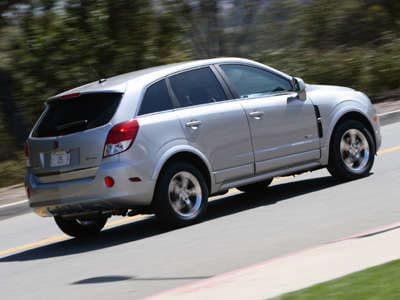Recent Articles
Popular Makes
Body Types
What Are Run-Flat Tires?
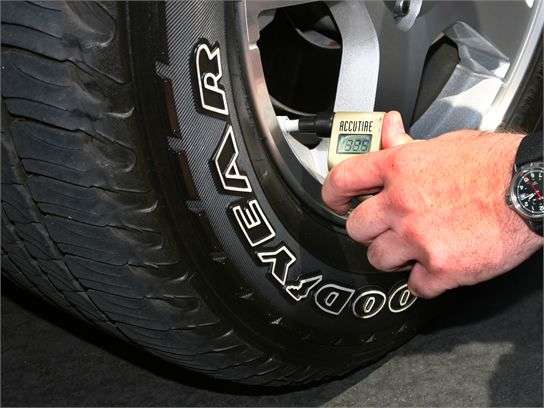
Subjected to unimaginable vagaries, the tires on our cars are tasked with so many very important duties. They keep our car adhered to the road’s surface. They support the weight of the car. They have to crunch through snow and ice. They slog through mud. They slice through standing water. They fend off road debris made of glass, metal and other potentially destructive materials. They have to deal with searing heat and paralyzing cold. They pound over rocks and gravel and through it all, they transfer power from our engines to the ground and execute the changes of direction we request from the steering wheel.
It’s truly remarkable how one of the most critical aspects of our cars is also the most vulnerable. Given all they have to go through, it’s a true testament to the advancements in tire technology we don’t find ourselves on the side of the road repairing flat tires every day.
Regardless of how substantial looking the tire on your vehicle may be; it’s the air inside it that actually carries the weight of your vehicle. When that air escapes, the tire is pretty much rendered useless.
Fortunately, time and technology march on…
How Run-Flat Tires Work: Types
Different manufacturers have come up with different strategies to ensure the continued mobility of a tire, even if deflation should occur. The three primary methods currently employed are self-sealing, self-supporting, and auxiliary supported.
Self-sealing tires, as their name implies, are designed to repair themselves in the event of a puncture in the tread area of the tire. Rather than a run-flat tire per se, these tires try to prevent the loss of inflation by sealing the hole before too much pressure is lost.
Self-sealing tires are fitted with an internal lining coated with a sealant material. In the event of a puncture by a nail or a screw, or any object up to 3/16 of an inch in diameter, the sealant adheres itself to the intruding object, surrounds it and prevents the air inside the tire from escaping around it.
When the object is removed, the sealant then permanently fills the resulting puncture.
Self-supporting run-flat tires are constructed with an extra heavy-duty carcass capable of supporting the vehicle for up to 50 miles (sometimes more) at moderate speeds. Self-supporting run-flats have extra-stiff sidewalls, constructed with rubber inserts positioned either next to or between layers of heat-resistant cord. These inserts help prevent breaking the reinforcing cords in the event of loss of air pressure.
Self-supporting run-flat tires also use a more pronounced “bead” (the lip of the tire that attaches it to the wheel) to enable the tire to grip the wheel more firmly, should a loss of inflation occur. Because of this, they can sometimes require specialized mounting equipment.
Auxiliary-supported run-flat tires use a special wheel with a ring-shaped supporting structure built into it to support the car’s weight should the tire lose air pressure. The advantage of this system is the wheel takes the stress, so the tire can be constructed of lighter materials. Although it still must be a specialized design to work with the wheel.
The latter two types of run-flat tires typically require an onboard tire pressure monitoring system. Because they never “look” flat, they can sometimes be deflated without the driver being aware of it.
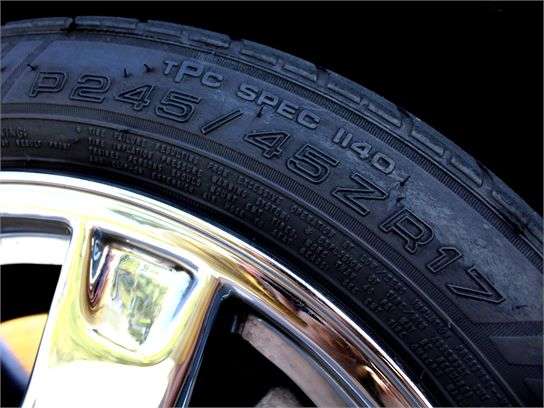
How Run-Flat Tires Work: Pros
Aside from the extended mobility run-flat tires provide, they free you from having to carry a spare tire and a jack in your car, since you will, in all likelihood, be able to drive the car to a repair facility. This means your car is carrying less weight, so fuel economy should improve. It also frees up potential cargo space.
If a loss of inflation occurs suddenly — say for example in a blowout situation —you will typically be better able to maintain control of your vehicle if a run-flat tire is fitted. Because the run-flat tire is so much stiffer than a standard tire, steering and handling still feel relatively normal.
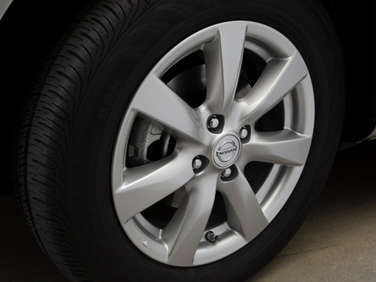
How Run-Flat Tires Work: Cons
We’ve already mentioned run-flat tires can trick you into thinking you don’t have a flat. Because of this, you have to pay extra careful attention to checking your tire pressure when you have run-flat tires fitted to your car.
As you’ve probably already guessed, all of the extra engineering and materials, and/or the need for special wheels (for auxiliary supported run-flats) add expense. Run-flats can cost twice as much as a conventional tire to buy and can require specialized equipment to repair if they do get punctured.
The extra-stiff sidewalls make run-flats ride more harshly than standard tires with a more pliable sidewall. This can potentially lead to another problem — rapid tire wear. Many manufacturers, in order to preserve ride quality as much as possible, fit run flat tires with a softer tread compound to try to make up for the stiffness imposed by the sidewalls. This, unfortunately, has the potential to make the tire wear out more quickly.
And yes, run-flat tires are heavier too — in some cases by as much as 25 pounds or more. So even though you’re freed of the weight of the spare tire and jack, you might wind up with more weight than you lost because the tires are so much heavier.
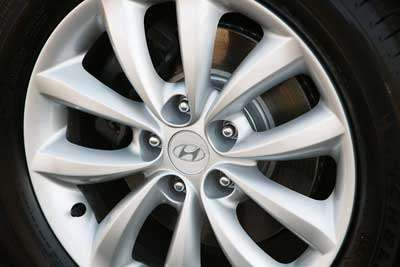
How Run-Flat Tires Work: Conclusions
Interestingly, because tire pressure monitoring systems are being fitted to every car these days (a need predicated by run-flat tires in the first place) run-flats aren’t so critical anymore.
Tire pressure monitoring systems typically warn you well before the tire has lost a critical amount of inflation. So the possibility of being stuck in an inconvenient situation with a flat tire is diminished.
Further, the higher costs, added considerations, harsher ride and faster tire wear may well outweigh the perceived benefits for you.
Ultimately, that’s for each individual driver to decide.
